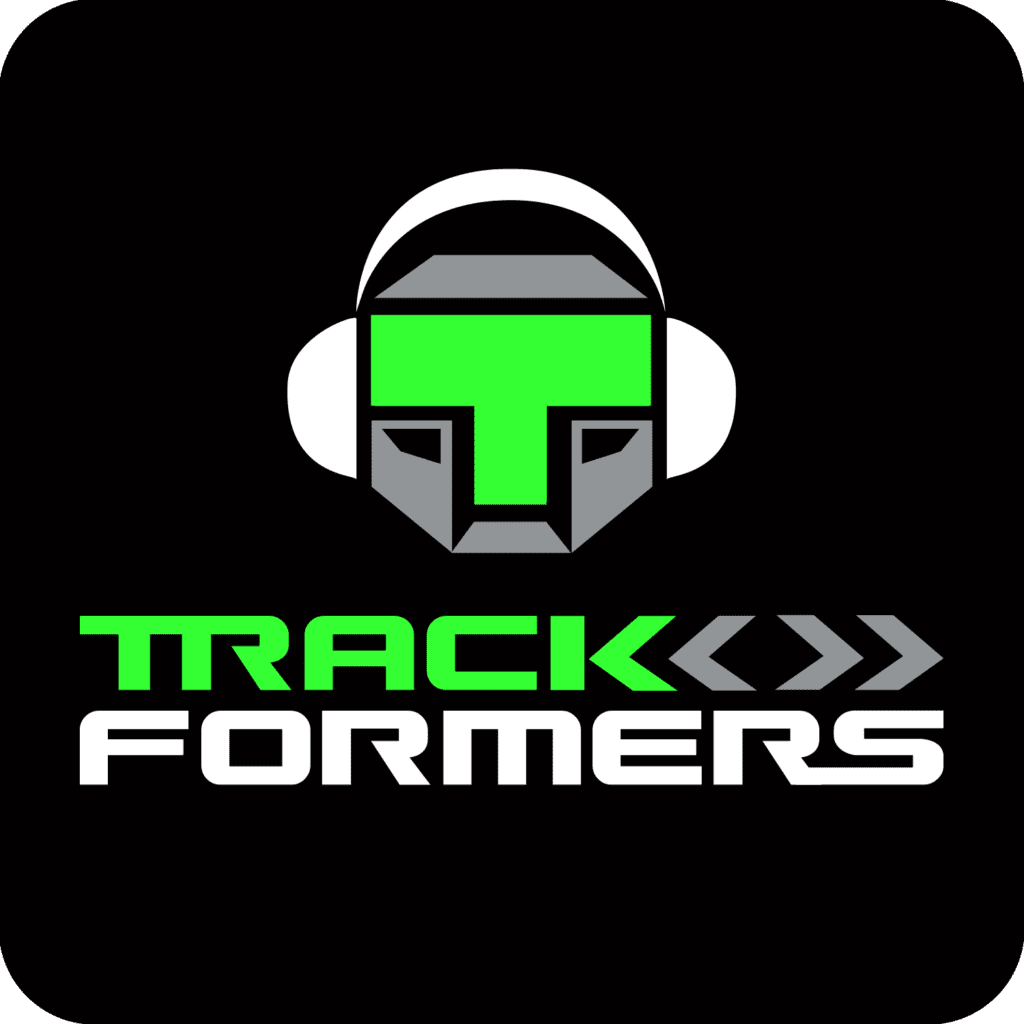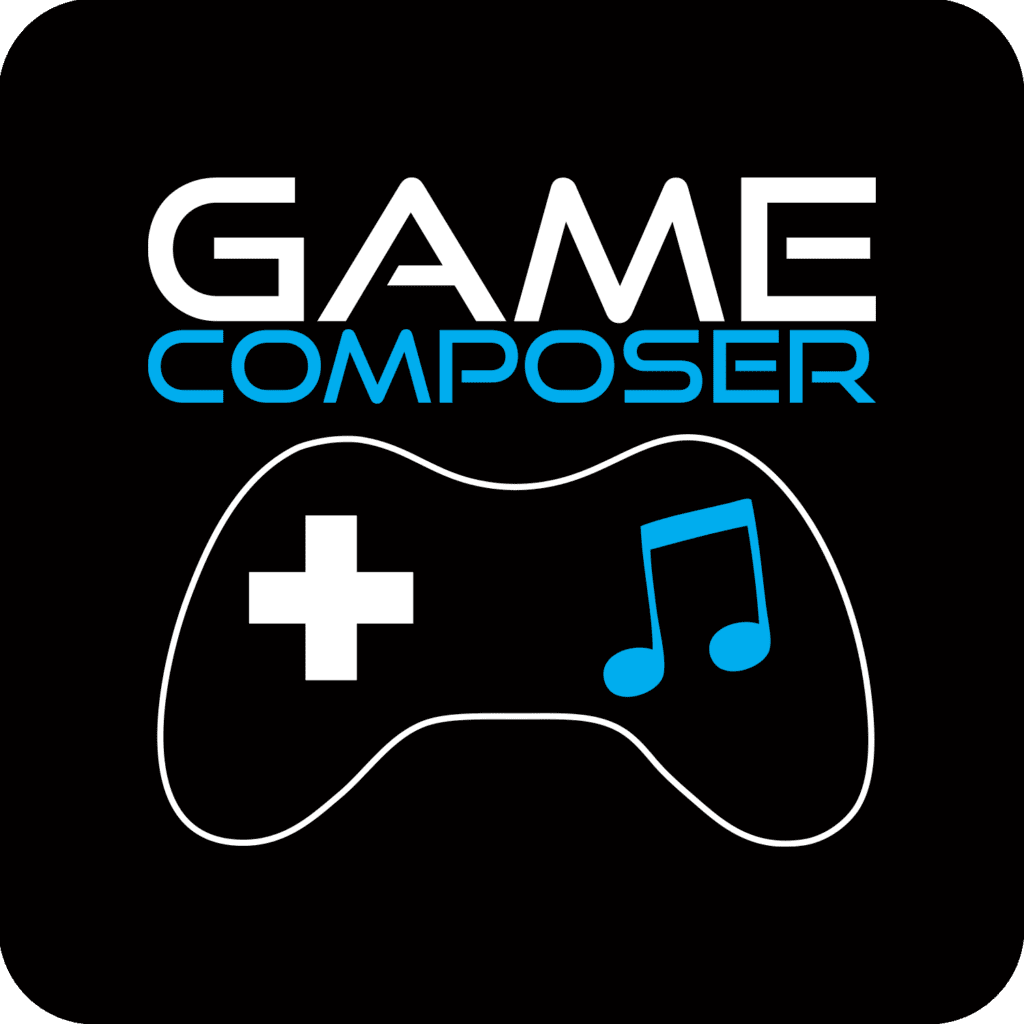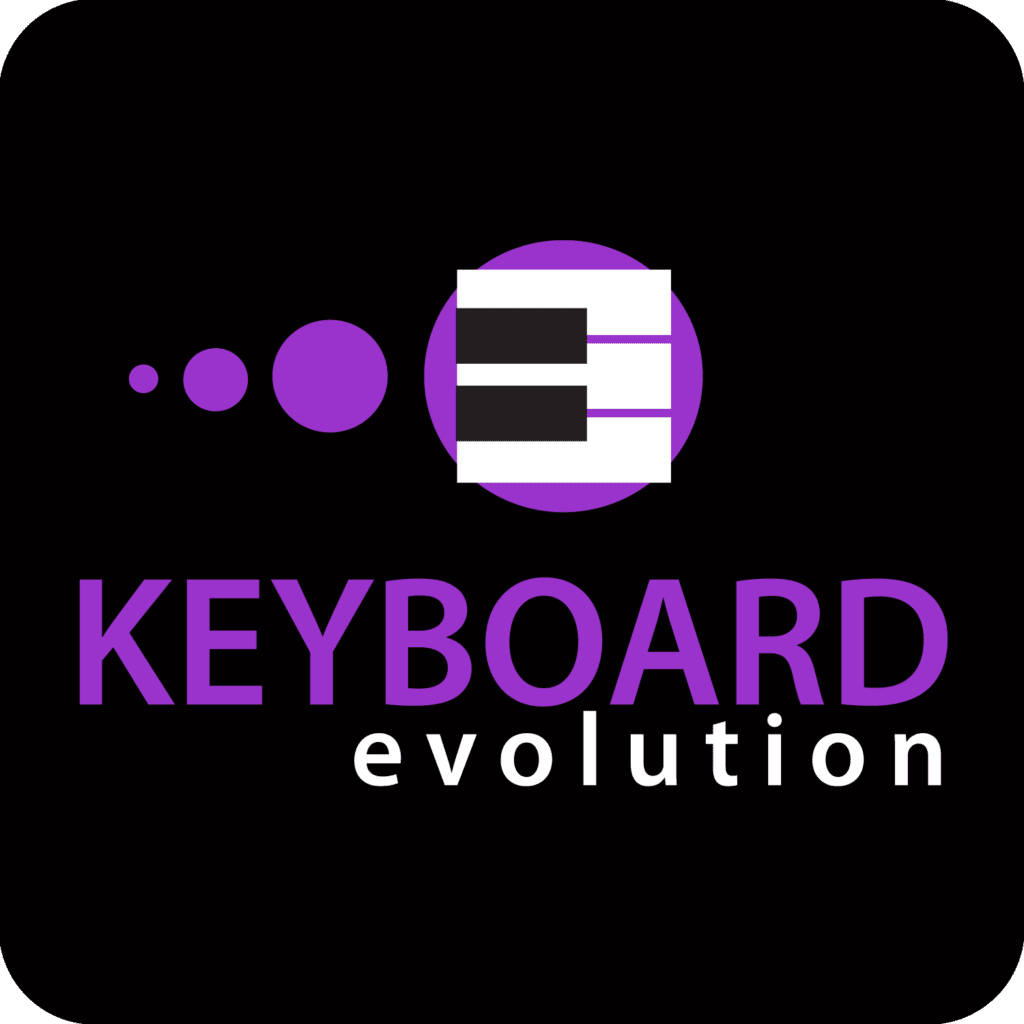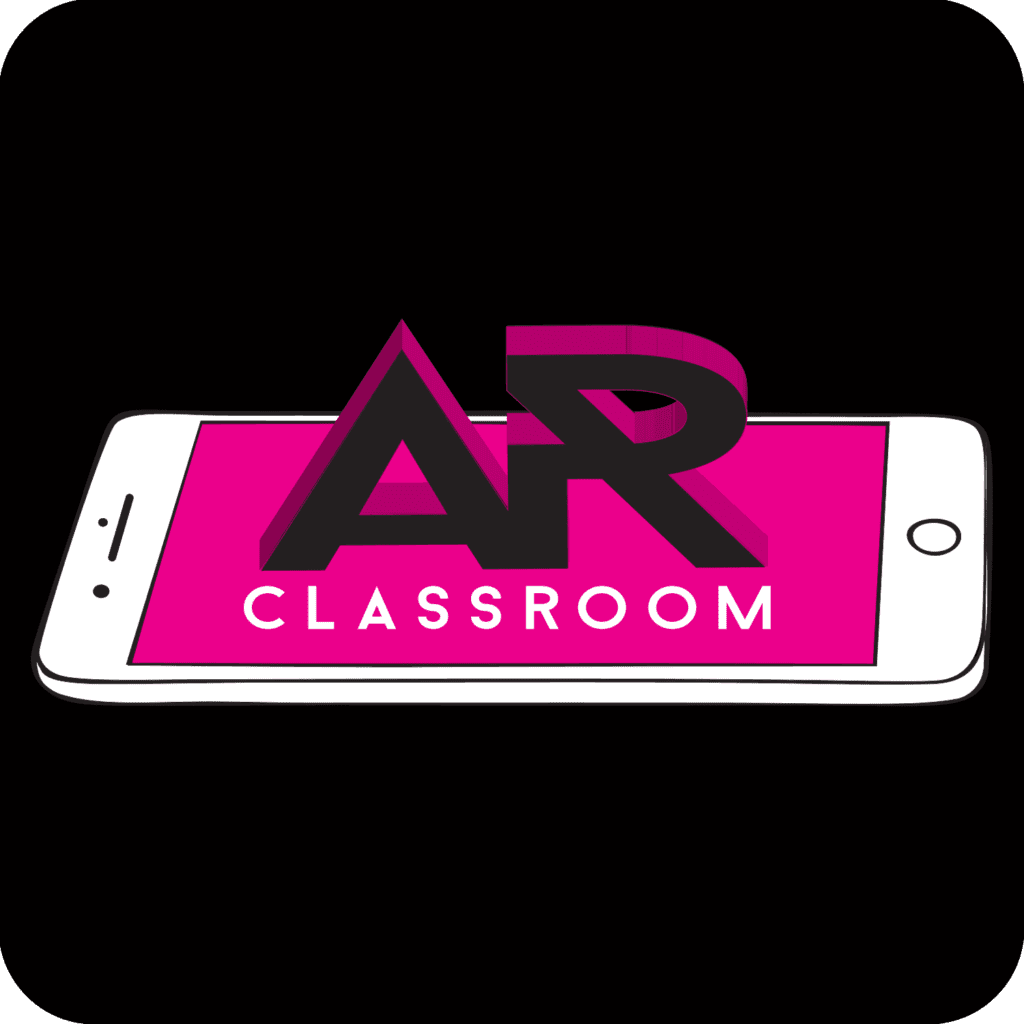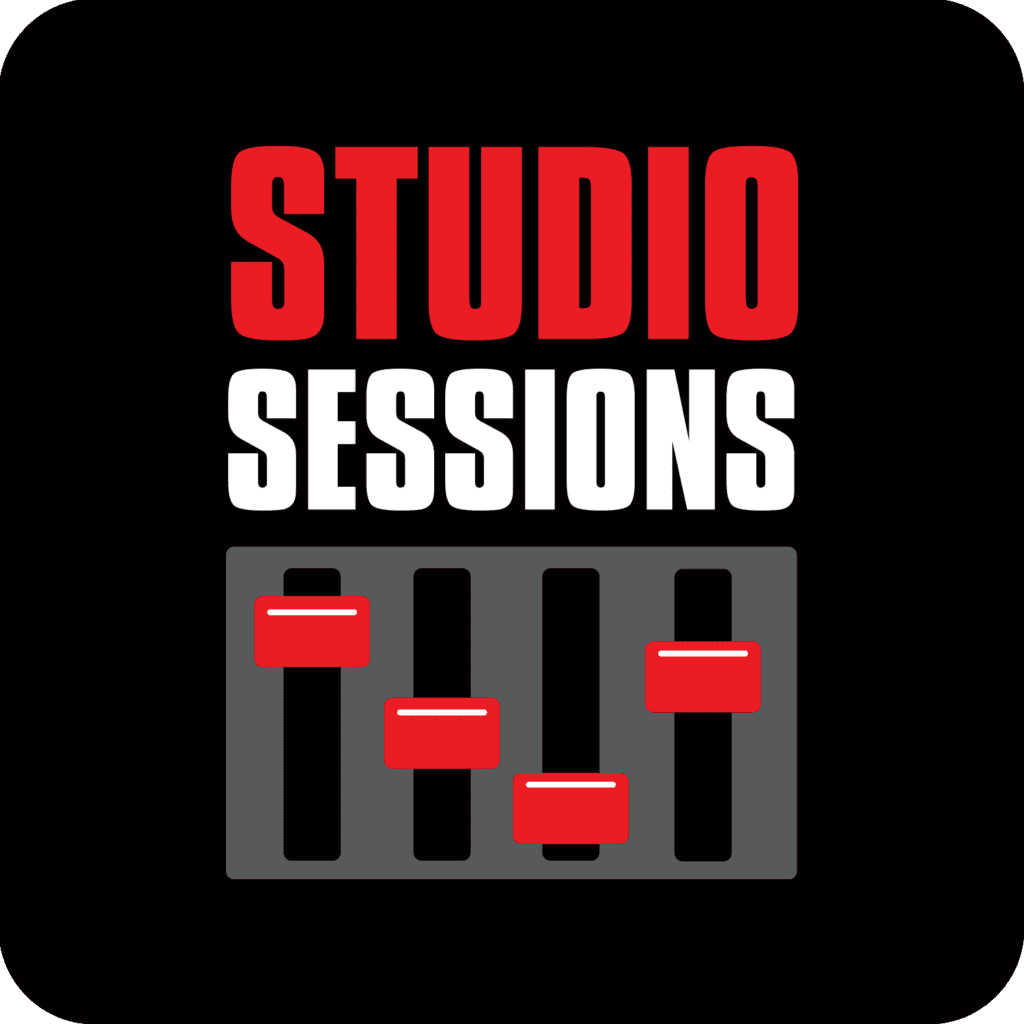See below for full course contents on every MusicEDU program.
Download MusicEDU Curriculum Outcomes
Mapped to your standards
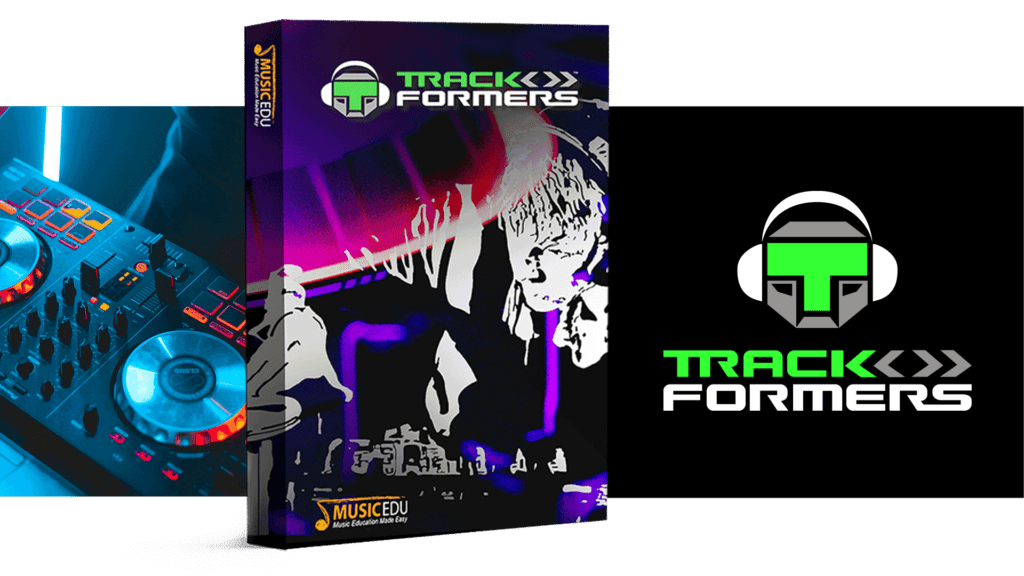
Trackformers
Offer your students a unique and exciting semester with DJing in the classroom. Students learn practical performance skills, master DJ equipment and software, learn valuable techniques like beatmatching and track selection, and even explore music production to enhance their DJing performance sets.
Learning musical concepts relevant to their modern lives, this transformative experience builds confidence, ignites passion, and equips students for future music endeavours.
Session 1:
Learning the Gear
- DJ Spotlight for Session – A-TRACK
- Set up of DJ Gear (Controller, Software, Speakers, Headphones)
- Navigation of DJAY app software and computer software
- Navigation & experimentation of Controller features and functions
Session 2:
Beat-matching
- DJ Spotlight for Session – DIAMOND KUTS
- Beat, Tempo, and Rhythm overview
- Listening Task – Beat/Tempo & Bars
- Drum parts (Kick/Snare/Hi-Hat)
- Listening Task – Drum parts & Timbre
- Creating a Cue point
- Beat-matching identical tracks Controller features and functions
Session 3:
The Next Level
- DJ Spotlight for Session – DJ SHORTKUTS
- Basic song structure
- Beats and Tempo (BPM)
- Beatmatching different tracks with the same BPM
- Beat-matching tracks with varying BPM
- Understanding how to mix using song structure
Session 4:
Making a Mix
- DJ Spotlight for Session – Grandmaster Flash
- DJ History and evolution of hardware
- DJ Techniques – scratching and backspin technique
- Creating a Cue point
- Beat-matching identical tracks
Session 5:
Building Skills
- DJ Spotlight for Session – Jasmine Solano
- Sampler pads and adding special effects to music
- Auto looping
- Special effect parameters (FX)
- Filters and how to use them
- Recording your mix
- Recording samples to enhance DJ performance
Session 6:
Take it for a Spin
- DJ Spotlight for Session – DJ Jazzy Jeff
- Advanced transitions & skills
- FX (effects)
- EQ (equalisation)
- Filter
- Beatloop
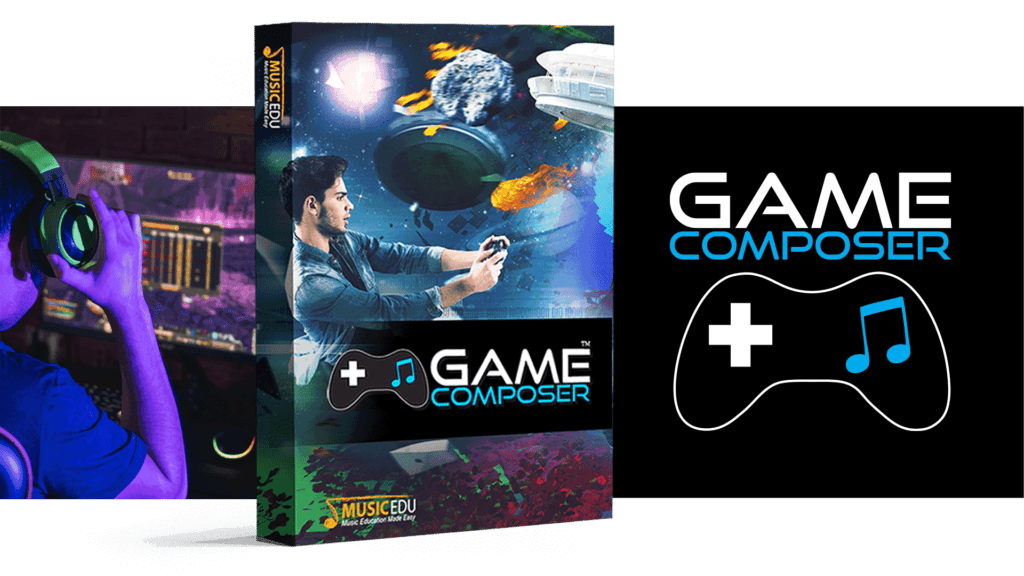
GameComposer
Learn the cultural, social and historical aspects of video game music (VGM) while acquiring the aural, analytical, and compositional techniques that go hand in hand with this hugely popular topic.
The Video Game Industry brings in three times the revenue of the music industry. It’s seriously BIG business with its doors wide open for the modern musician.
Session 1:
Creating Characters
- Composer Spotlight for Session – Koji Kondo (Super Mario Bros & Legend of Zelda)
- The Elements of Music
- What is a Leitmotif?
- Listening Tasks
- Intervals and Melodic Contour
- Creating a Composition Portfolio
- Creating Video Game Characters including Leitmotifs Controller features and functions
Session 2:
Building Soundtracks
- Composer Spotlight for Session – Nobuo Uematsu (Final Fantasy)
- Music for Games: loops, melodic development, Dynamic Music, Stingers, Cutshot Music
- Listening Tasks
- Major & Minor Pentatonic Scales
- Compositional Devices: sequences, inversions, repetition, augmentation, diminution, call, and response
Session 3:
Action Scenes
- Composer Spotlight for Session – Martin O’Donnell & Michael Salvatori (Halo)
- Compare & contrast using The Elements of Music
- Predictions in music
- Listening Task
- Diegetic & Non-Diegetic music
- Creating an action scene
- Create a soundtrack to an action scene
Session 4:
Creating Worlds
- Composer Spotlight for Session – Jeremy Soule (Skyrim)
- Listening analysis & tasks
- Exploring voices & vocal techniques
- Creating a panoramic landscape
Session 5:
Soundscape Engineer
- Composer Spotlight for Session – Delia Derbyshire (Dr Who)
- Graphic Notation
- Listening Tasks
- Creating a Graphic Score
- Monophonic, polyphonic & homophonic textures
- Musique concrète and Sound Design
Session 6:
Making Music Memorable
- Web research techniques
- Time signature and bar divisions
- Asymmetrical meters
- Ostinatos (rhythmic, melodic, and harmonic)
Session 7:
A Creative Process – Song Writing
- Composer Spotlight for Session – Junichi Masuda (Pokémon)
- Concept-based listening analysis: using a song to identify place. Similarities and differences between melodies
- Song titles and writing lyrics
- Matching lyrics to rhythm (scansion)
- Writing a verse and chorus
Session 8:
Mastering the Techniques
of Song Writing
- Composer Spotlight for Session – John Siegler & John Loeffler (Pokémon)
- Song Structure (Binary, Ternary, Popular song structure, Strophic)
- Chords, Chord Inversion, and Chord Progressions
- Arpeggios and block chords
- Adding interest to your song
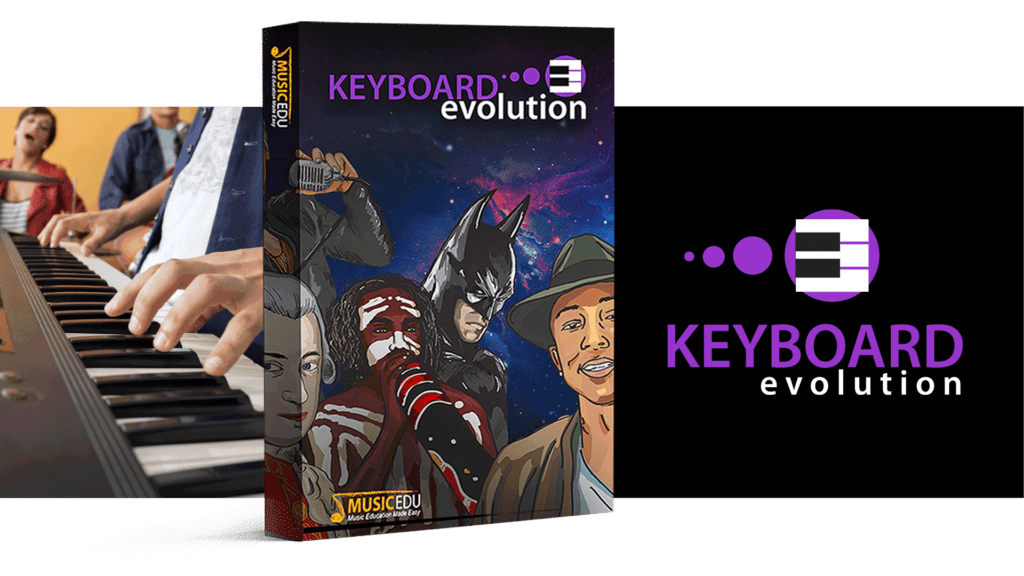
Keyboard Evolution
With 12 fun and easy to understand sessions, Keyboard Evolution is a performance program that allows both beginner music students and advanced learners to develop at the same time.
Supporting music teachers with differentiated learning environments, Keyboard Evolution includes 3 introductory sessions to get students playing and interacting with technology, and 9 genre-based sessions.
Session 1:
Introduction to the
Keyboard/MIDI Lab
- Keyboard Orientation & MIDI lab orientation
- Beats/Drums & Rhythm Controls
- Tone Colour – exploring sounds and sound effects
- Sound production & instrument categories
- Pentatonic tonality
- Graphic Notation (via finger numbers)
- Listening Tasks: The Elements of Music; Identify and describe Pitch/Timbre/Duration
Session 2:
Exploring Music Technology
- Introduction to Concepts of Music (Texture and Pitch)
- ICT with Music Technology – layering sounds, using registrations.
- Introduction to recording techniques – multitrack recording & layering for MIDI labs
- Introduction to chords and auto-accompaniment, playing in a “Round”
- Listening Tasks: Choral Round; Flash Mobs and Layering Techniques
Session 3:
Creating & Playing Music
- Music Notation and Reading – The Staff, Treble Clef, Bass Clef NOTES C to G (RH & LH)
- Hand position on Keyboard
- Rhythm/Duration (note values, rests, and terminology)
- Musicology & History Instrumentation
- Listening Tasks: Reading Notes; Note Values (Ode to Joy); Instruments of the symphony orchestra
Session 4:
The Classics
- Pitch: The Major Scale, Reference to C Major Treble Clef & Bass Clef
- Semitones & Tones Scale Fingering (RH & LH)
- Rhythm: Time signatures 4/4, 3/4, 6/8,
- Musicology & History – The Periods of Music (pre-20th Century)
Session 5:
Jazz & Big Band
- Pitch: Chord Building, Single Fingered Chords & Triad Chord Play (C Major, F Major & G Major root position)
- Accidentals
- 12 Bar Blues chord progression
- C Blues Scale
- Composition & Improvisation
- Music History – The Big Band Era and famous artists from the time
Session 6:
Rock Music
- Rhythm: Ties, augmentations & dotted notes
- Pitch: Staff & Leger Lines
- What is Rock Music? Characteristics of Rock music and its origins
- Listening Task: The Elements of Music using Viva La Vida
- Typical Instrumentation of Rock and Popular Music
- The decades of Rock and associated Bands/Artists
Session 7:
The Music of Motown
- Syncopation: Simple Triple Time, Simple Quadruple time, Straight rhythms vs syncopated rhythms.
- History of Motown and characteristics of Motown Music.
- Concept-based listening task
Session 8:
Indigenous Music
- Rhythm: New durations (Semi quaver / 16th note) & note value revision
- Structure: Repeat signs – 1st and 2nd time endings
- Listening Task – Instrumentation, storytelling + Compare & Contrast
- Indigenous Music & Music of Aboriginal and Torres Strait Islander Peoples and typical instrumentation
Session 9:
Pop Music
- Pitch: Scale degrees
- Dynamics & expression in music, (pp, p, mp, mf, f, ff) & Abbreviations
- Popular conventions in Pop Music, chord progressions, song structure & form
- Typical instrumentation and composition techniques relating
Session 10:
Film & Soundtrack
- Pitch: Major & Minor scale tonality – Introduction to the Minor Scale
- Reference to Am, Construction of Scale, Semitones & Tones, Natural, Melodic & Harmonic versions.
- Rhythm: Compound Time (Duple/Triple), introduction to complex time signatures
- Music to moving image, sound design, producing, mixing & composing
- Famous composers of the genre and associated films
Session 11:
New for Old
- Pitch: Chords progressions and substitutions
- Listening Task: Compare and Contrast
- Recreating Old Songs with New Chords
- Recording a new version of a song with chord substitutions
Session 12:
World Music
- Pitch: Modes, Natural Minor and Major tonality
- Rhythm: Rhythmic Patterns and structure
- Melodic Shape and construction
- Listening Task: World Music Instrumentation & Sound production
- Music of other countries, styles, instrumentation, soundscape, layering, texture and cross-creation of musical genres
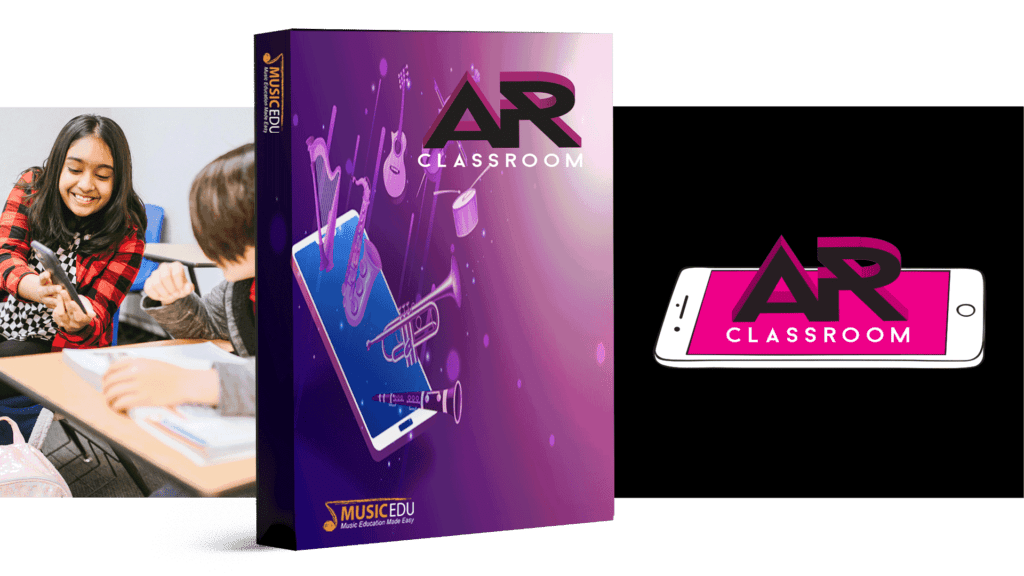
AR Classroom
Augmented Reality (AR) complements traditional teaching methods in 4 amazing, innovative, and interactive music curriculum sessions.
Focusing on real-world topics with traditional music theory and delivered using practical AR experiences, AR Classroom meets curriculum standards, increases engagement, and gives teachers their time back.
To experience out-of-this-world music classroom inspiration, look no further than AR Classroom.
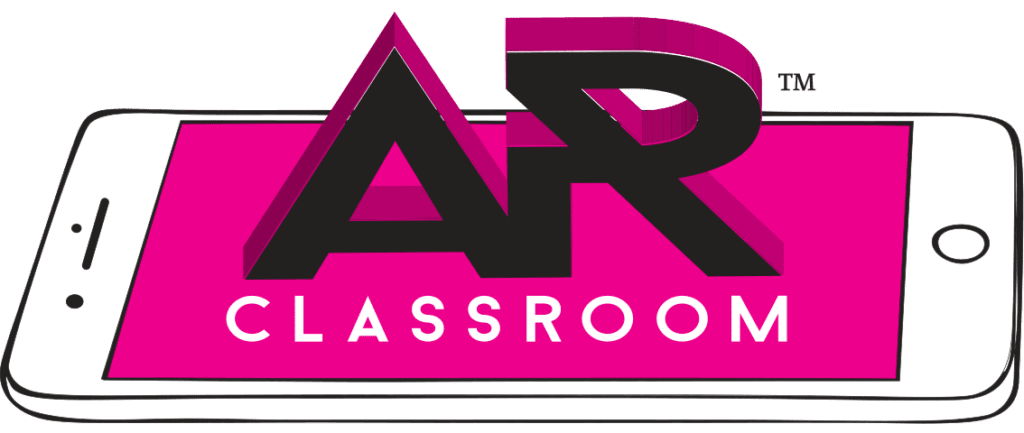
Session 1:
Crack the Code
- Overview about Cryptology in Music
- Methods of Cryptology in Music (German, French, Honegger, Morse Code, Number System)
- Creating Codes to crack
- Listening Tasks for each method
- Create an encrypted song using one of the above methods
- Build an AR experience to showcase student encrypted song and session content

Session 2:
Whalesong
- The Facts about Whales and their songs
- Listening task & Graphic Notation creation
- Analysis of Whalesong excerpt and apply graphic Notation
- Musical Form: Repetition, Contrast, Variation
- Musical Form: Binary, Ternary, Rondo
- Create a Whale Song: components including Graphic/ traditional notation, Song Structure, and Form
- Build an AR experience to showcase student Whale Song and session content

Session 3:
Instruments of the Orchestra
- The Orchestra and Instrument Families
- Instrument features, specifications, and sound source/production
- Instruments and their range
- Concept based listening task & describing sound (TIMBRE)
- Concept based listening task – Musical Soundscapes
- Matching an instrument to an animal/character and vice versa
- Creating an animal soundscape in DAW software
- Build a Mastermind-style AR experience to showcase students knowledge of instruments and composition

Session 4:
Musical Moments
- Book musicals, their characteristics and common character archetypes
- Identifying and analysing the musical characteristics and musical concepts of an ‘I Want’ Song and Comedy Song including:
○ Scale Degrees, Major Scales & Avoiding the Tonic
○ Rhythmic & Melodic Repetition (Unity & Contrast)
○ Syncopation - Composing either an ‘I Want’ Song or Comedy song, learning compositional practices such as-
○ Lyric writing & Scansion (setting lyrics to rhythm)
○ Melody writing & Chordal accompaniment
○ Implementing relevant musical concepts - Build an AR experience to showcase the students’ song/s and session content and/or create a virtual program for a school event or musical

Session 5:
Global Grooves – Africa
- Star Interview: FOLI (there is no movement without rhythm)
- Cultural and historical introduction, and the significance of drumming and dance
- Instruments of Africa, and their categorisation (Unpitched,
Pitched, Idiophone and Membranophone) - Understanding beat and rhythm, counting rhythms to improve accuracy
- African Rhythms and their features (syncopation, polyrhythm and call-and-response)
- African Rhythms in Contemporary Music (Afrobeat, EDM)
- Performance Task performed with any combination of clapping, body percussion, using everyday objects (tables, chairs), percussion instruments or MIDI Grid Controllers
- Explore polyrhythms, different percussive tones of a Djembe (bass, tone and slap) and whole class performance with call-and-response and group devised polyrhythms
- Composing a polyrhythm remix, using traditional African
percussion timbres and remix using contemporary and
electronic timbres - Building your own AR Experience coming soon!

Session 6:
Global Grooves – Latin America
- Star Interview: History of Latin Music
- Cultural and political significance of music
- Instruments of Latin America, their timbre and categorisation (Aerophone, Chordophone)
- Latin American Rhythms and their features (rhythmic layering, duple and triple metre, clave patterns and hemiolas)
- Rhythms in Latin American Dance (Samba, Tango, Cumbia and Salsa)
- Latin American influences on Contemporary Music (Reggaeton)
- Performance Task performed with any combination of clapping, body percussion, using everyday objects (tables, chairs), percussion instruments or MIDI Grid Controllers
- Improvise Latin American rhythms over clave patterns
- Whole class or small group performance of ‘We Don’t Talk About Bruno’ by Lin Manuel Miranda
- Compose your own Latin American dance track, starting with a clave pattern or Latin American drum beat as a rhythmic foundation
- Building your own AR Experience coming soon!
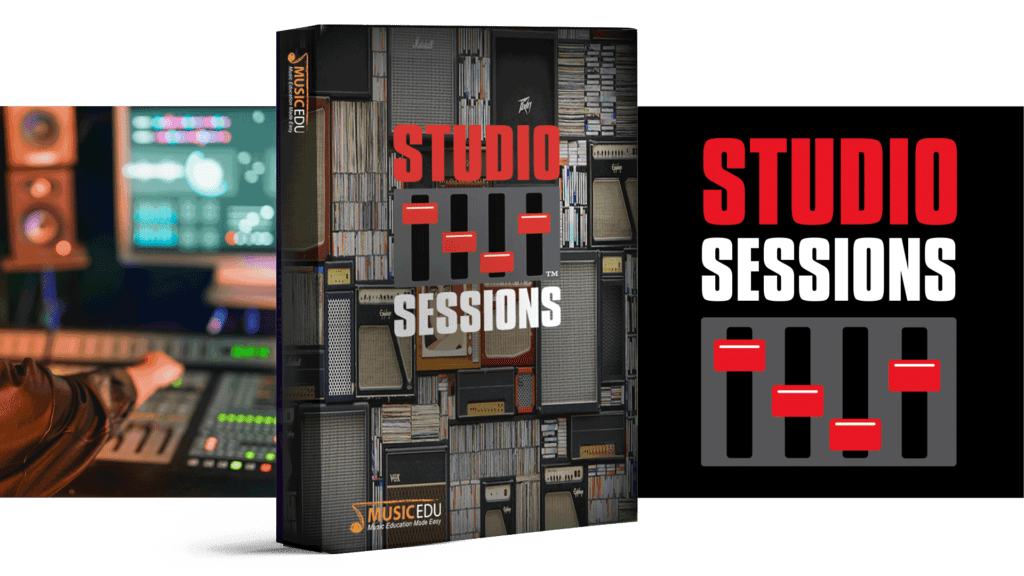
Studio Sessions - Legacy
Knowing how to produce and engineer music is an integral part of the modern musician’s life.
Over 10 exciting Sessions, create new horizons for your students in:
- Music Production
- Audio Engineering
- Film Composition
Studio Sessions embarks students on a journey to create dance tracks and ringtones, manipulate sound and timbre, rearrange harmony, modify rhythm and structure, remix, and produce a film soundtrack.
It’s music, in a language this generation speaks.
Be A Music Producer

Legacy – Session 1:
Be a Music Producer
Creating New Sounds
- Creating new sounds on a keyboard/MIDI sequencer
- Adjusting attack, release, cutoff, vibrato, decay, and reverb
- Major Scales & key signatures (C, F & G)
- POP chord progressions & cyclical chord progressions (I, IV, V, vi)
- Listening to recognise timbre of a tone, matching and recreating timbre from listening task

Legacy – Session 2:
Be a Music Producer
Creating a Dance Track
- Changing octaves, velocity, reverb, and synthesised sounds
- Minor scales & key signatures (A, D & E)
- Create a Dance Synth Pop track
- Listening Task: Characteristics of Dance-Style music
- POP chord progressions & cyclical chord progressions (i, IV, V, vi)

Legacy – Session 3:
Be a Music Producer
Compose Your Own Ringtone
- History of Ringtones
- Texture: Monophonic, polyphonic, and true tone ringtones
- Tone colour/timbre of an effective ringtone
- Pitch: Arpeggios & how to use an arpeggiator
- How to get your ringtone on your phone
- Duration – bars & tempo
- Planning your composition
Be An Audio Engineer

Legacy – Session 4:
Be an Audio Engineer
Multi-track Recording
- Pitch: Intervals & Interval quality
- Labelling major/minor chords (Roman numerals)
- History of multitrack recording
- Recording 3 tracks and quantizing
- Structure: Common Rock chord progressions (I, IV, V),
- Texture: Layering sounds

Legacy – Session 5:
Be a Music Producer
Drum Parts
- Drum Patterns – basics of a rock beat: kick, snare and hi-hat patterns
- Recording on separate tracks, mapping of sounds and quantizing
- Editing rhythms and utilising onboard drum kits
- Playing using body percussion, drum parts as notation
- Copy & paste function in music software

Legacy – Session 6:
Be an Audio Engineer
Recording the Blues
- Structure:12 Bar Blues (Chords I, IV & V)
- Pitch: Introduction to 7th chords & chord symbols
- Recording a 12-bar blues bass line using 7th chords and multiple parts
- Editing note length & pitch
- Creating variations

Legacy – Session 7:
Be a Music Producer
Create a Remix
- Further application of Sessions 4, 5, 6 to a modern-day remix
- Layering as an arranging tool
- Changeable elements such as tempo, style & instrumentation
- Using cyclical chord progressions
- Multitrack recording
Studio Sessions - Film & Soundtrack

Film & Soundtrack
Session 1:
Sound Design & Foley
- Star Interview: Ben Burtt Creates the Sounds for Wall-E
- Exploring & understanding Tone Colour/Timbre
- Deception! Understanding how different sounds can be used to create sound effects (SFX)
- Industry connection: The role of the Foley Artist
- Diegetic, Non-Diegetic & Trans-Diegetic sound
- Mood & melodic contour
- Find, create, and source Foley and SFX
- Creating and managing a Foley Folio
- Create an Atmospheric Poem

Film & Soundtrack
Session 2:
Tension & Suspense
- Star Interview: The Power of Music in Film
- How music can evoke suspense and other emotions
- Composition techniques to produce tension
- In depth exploration of Drone, Ostinato, and Dissonance
- Create suspenseful music for Film, inspired by an image

Film & Soundtrack
Session 3:
The Shepard Tone
- Star Interview: The Shepard Tone
- The 12-Tone Scale and Equal Temperament
- Major, Minor and Chromatic Scales
- Tuning / Sound as hertz (Hz)
- The Infinite Acceleration of Risset
- Create a Shepard Tone

Film & Soundtrack
Session 4:
Compose a Soundtrack
- Star Interview: Interview with Hans Zimmer
- Industry connection: The role of the Film Composer
- Film Composer’s timeline and spotting session
- The writing process and composing the soundtrack
- Chords & Cadences
- Composing your own soundtrack to a short film
See how you can intergrate MusicEDU into your classroom.
Got Questions?
Book a Blueprint Call with a MusicEDU Curriculum Specialist for a personalised strategy for your classroom needs.
MusicEDU offers unlimited teacher support, so please
don’t hesitate to reach out to us for anything we can assist you with.

